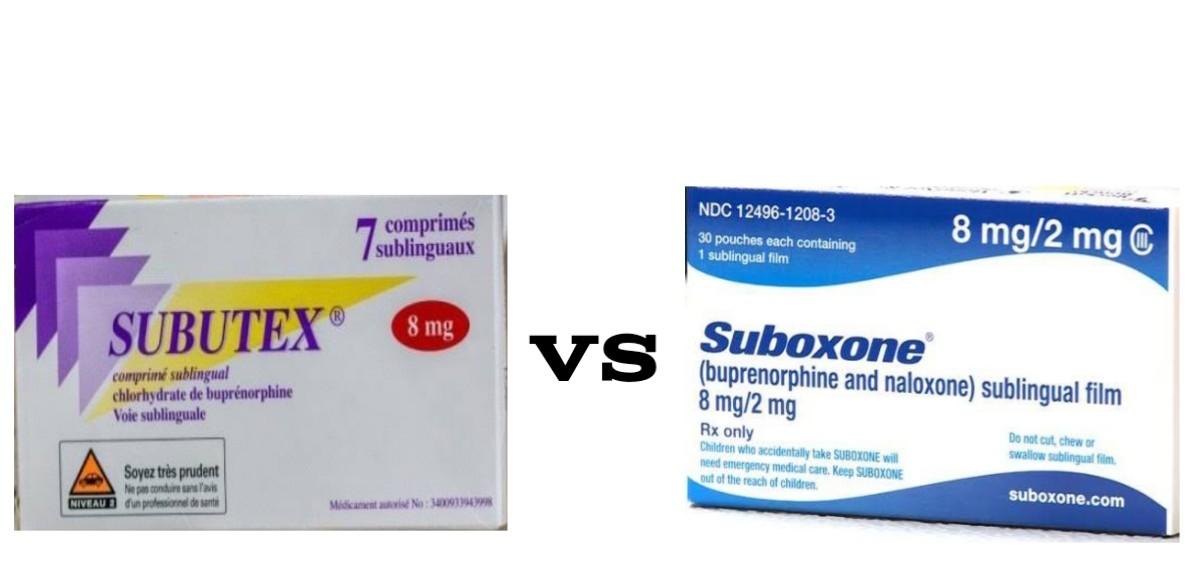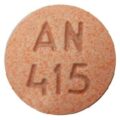Nearly all addicted individuals believe at the outset that they can stop using drugs on their own, and most try to stop without treatment. Although some people are successful, many attempts result in failure to achieve long-term abstinence. Research has shown that long-term drug abuse results in changes in the brain that persist long after a person stops using drugs. These drug-induced changes in brain function can have many behavioral consequences, including an inability to exert control over the impulse to use drugs.
Drug addiction treatment is intended to help addicted individuals stop compulsive drug seeking and use. Treatment can occur in a variety of settings, take many different forms, and last for different lengths of time. Because drug addiction is typically a chronic disorder characterized by occasional relapses, short-term, one-time treatment is usually not sufficient. For many, treatment is a long-term process that involves multiple interventions and regular monitoring.
Suboxone and Subutex, both of which were approved by the FDA in 2002, are drugs developed for the treatment of opiate addiction. Prior to 2000 when the Drug Addiction Treatment Act was passed, the primary medication to treat opiate addictions was methadone. In 2000, however, burprenorphine was approved in the law, and it could be prescribed by physicians who have been trained and certified by the Center for Substance Abuse Treatment to treat opioid addiction.
While methadone is a Schedule II substance, buprenorphine is a Schedule III substance, denoting it as a drug with a lower potential for abuse. As a result, burprenorphine is often considered to be a safer opiate treatment medication than methadone. According to the Drug Enforcement Agency, almost 16,000 physicians were certified to prescribe buprenorphine-based products, like Suboxone and Subutex, in 2013. In 2012, 9.3 million prescriptions were written for these medications.
What Is Buprenorphine?
Buprenorphine was previously used as a pain reliever. It is a partial opioid antagonist that binds with opioid receptors in the brain, causing reduced pain and feelings of wellbeing. While buprenorphine isn’t a full opioid, it acts much like one, causing moderate receptor site activity, except it does not create a euphoric state, when taken as directed. As a result, buprenorphine will prevent withdrawal symptoms from, and reduce cravings for, opiate drugs like heroin and prescription painkillers.
There are several advantages to using a medication like buprenorphine in the treatment of opiate abuse. Buprenorphine can:
- Help the individual to remain safe and comfortable during detox
- Reduce or eliminate cravings for heroin or other opiates
- Minimize relapse since the individual is not experiencing uncomfortable withdrawal symptoms
- Allow the individual to focus on therapy without being distracted by withdrawal symptoms and cravings
What’s the Difference between Subutex and Suboxone?
Both Subutex and Suboxone contain buprenorphine. While both drugs were developed at around the same time, Subutex was formulated first. While it was found to be relatively effective in the treatment of opiate addiction, there was still a tendency to abuse the drug. Many users sought to inject the drug intravenously in order to obtain the high they had become accustomed to with heroin or prescription painkillers. They often succeeded in doing so, giving rise to the need to develop another drug to address this issue: Suboxone.
Suboxone contains both buprenorphine and naloxone, whereas Subutex contains only buprenorphine.
Naloxone is an opioid antagonist, which means that it blocks the effects of opioids at the receptor sites. Naloxone was combined with buprenorphine to deter abuse of the medication. If someone injects Suboxone, the person will immediately go into precipitated withdrawal, which can be distressing. Read: Long Does Subutex Stay In Your System
Subutex vs Suboxone Which Is Better?
As with any medication, these drugs have potential side effects, including:
- Constipation
- Dizziness
- Drowsiness
- Headaches
- Nausea
In comparing Subutex and Suboxone, there is little evidence suggesting that either medication is more effective in treating opiate addiction. If both medications are used according to prescription, under medical supervision, the buprenorphine in each will work as it should, mitigating opiate withdrawal symptoms and reducing cravings.
The main difference between Subutex and Suboxone is in regard to their abuse potential. Due to the presence of naloxone, Suboxone may be less likely to be abused. As a result, this may be the best choice for those suffering from severe addictions or those who have been through treatment before and relapsed.
Suboxone and Subutex should be used as part of a greater addiction treatment program. Medication alone does not constitute addiction treatment; it should be used alongside comprehensive therapy that addresses the root causes that led to the initial substance abuse. It’s not enough to address the physical aspect of opiate addiction, as Suboxone and Subutex do. The psychological aspects of addiction must be dealt with in therapy, ensuring a person’s sustained recovery from the disease. Suboxone AN 415: Uses, Abuse, Side Effects, Addiction





